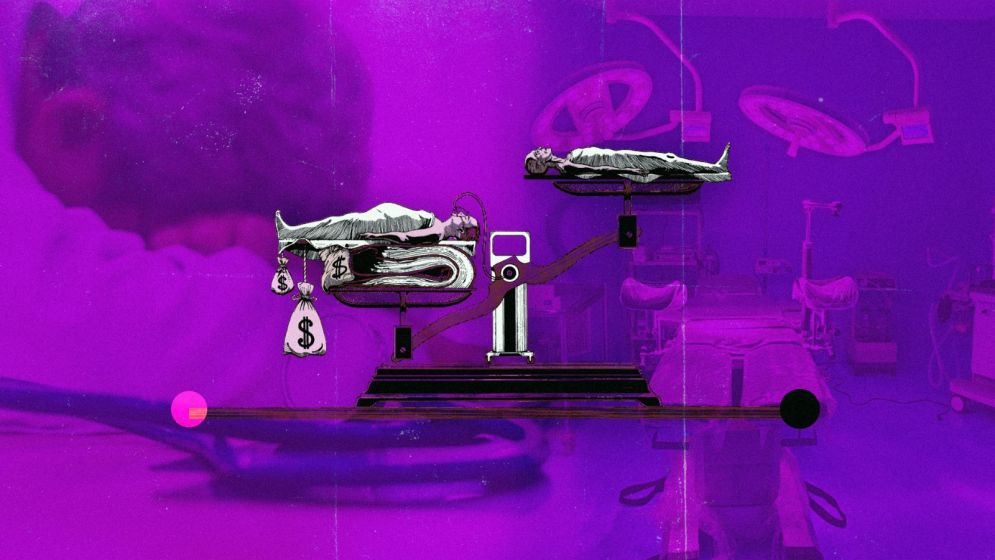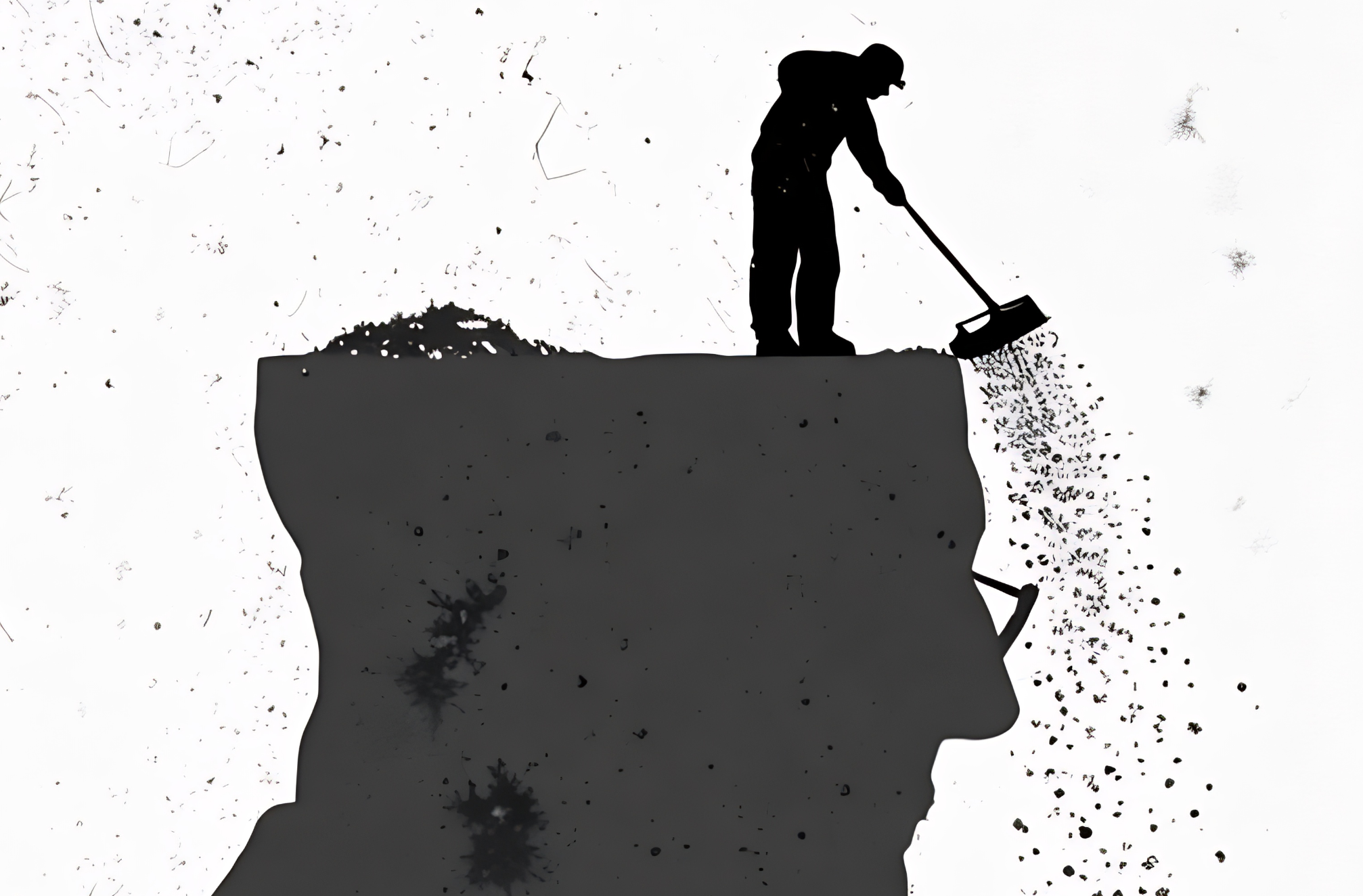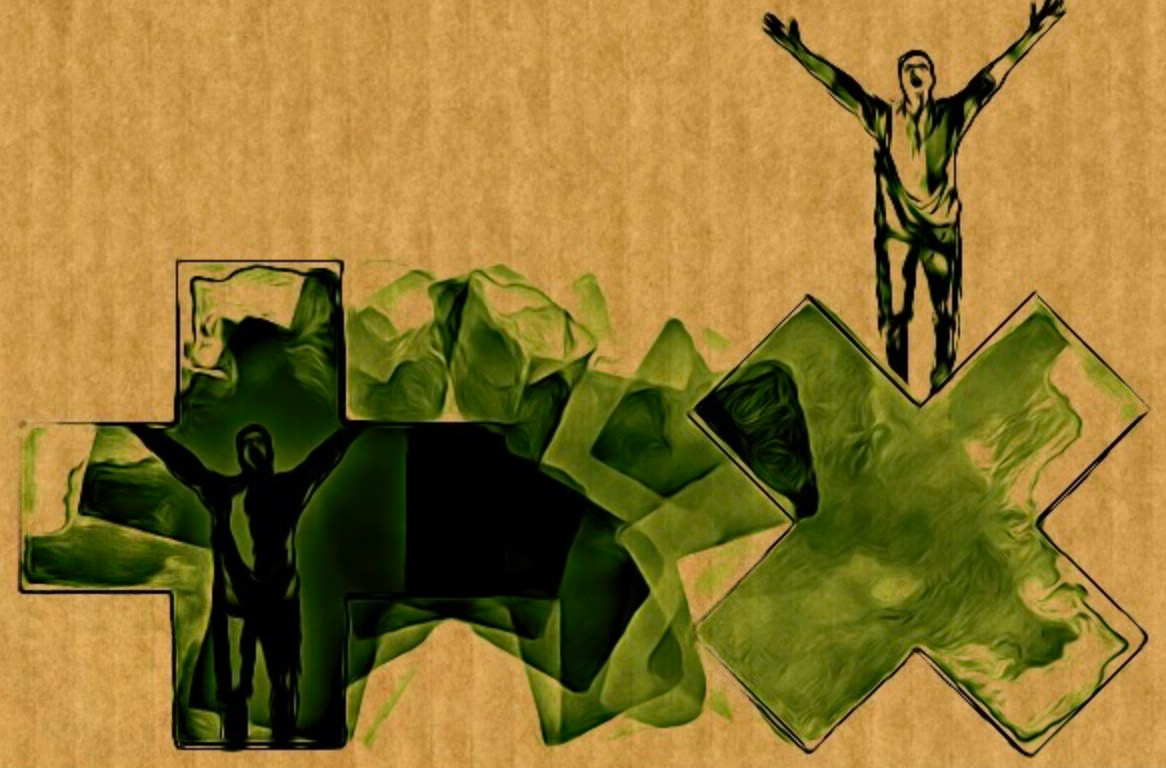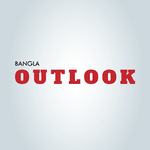In Bangladesh, medicine is practiced in a system that treats life as surplus

Imagine opening an ice cream parlor in the middle of the Sahara or a fine-dining restaurant atop Mount Kilimanjaro. It’s not impossible. You could technically churn ice cream or serve foie gras at those altitudes and in that heat.
But doing so would demand ten times the effort, ten times the resources, and yield a fraction of the joy. The climate fights you. The infrastructure resists you. The environment itself seems to conspire against the very idea.
Now imagine practicing medicine in Bangladesh.
The comparison is apt. Like the parlor in the desert or the restaurant on the mountain, the medical profession in Bangladesh operates against an unrelenting current.
It isn't that doctors aren’t trained or hospitals don’t exist. It's that the system–political, economic, cultural–is designed not to support health, but to extract it. You can still try to help people, of course. But you’ll burn out in the process, crushed under the weight of misaligned incentives and moral exhaustion.
This is not a system built to heal. It is a system built to exploit.
Bangladesh, as I have argued elsewhere, has long functioned as a pipeline for expendable bodies–cheap, killable labor–for Western fashion and Middle Eastern infrastructure.
Labor is not seen as an extension of life, but as a product to be used up. From garment factories to migrant labor camps, the country's value proposition to global capital is simple: our bodies are cheaper.
The profits from this arrangement–meager relative to the suffering it demands–are distributed among the country's political elite in the form of contracts, bribes, and rents.
Political conflict, far from ideological, is largely a fight over who gets to skim what from the top of this brutal arrangement.
This is the terrain in which medicine in Bangladesh must operate. A doctor is not treating citizens with intrinsic worth; they are managing units of labor, many of which are already marked for early expiration.
In such a context, medical care becomes a kind of absurd theater. You diagnose, prescribe, advise–while knowing that the system will undo your work at every turn.
Your patient will return to a factory line, or to a brick kiln, or to a home poisoned by arsenic-laced water. You will see them again. Or not.
And yet, we delude ourselves. Because we are embodied creatures–inescapably trapped in our own skin–it’s hard not to believe that our lives matter, that our pain is exceptional, that we are somehow valued.
But there is a vast difference between feeling valuable and being treated as such. Between believing you matter and living in a society that acts like you do.

The
pervasive rot in the system
For many doctors, this contradiction–between the ethical weight of the profession and the brutal disinterest of the system–breeds a slow, corrosive depression.
Not just the burnout of long hours or administrative chaos, but the existential despair of tending to lives that are systemically devalued. To heal in a place that punishes healing. To care when care is treated as waste.
This, then, is the paradox of Bangladesh’s health sector. It is not broken because it fails to work. It is broken because it works exactly as intended–not to preserve life, but to manage its disposability.
In Bangladesh, the value of human life is not merely low–it is less than nothing.
In the eyes of the country’s policymakers, who profit from the commodification of Bangladeshi flesh and blood, a citizen’s life is worth less than that of livestock. A cattle farmer has economic incentive to protect a cow.
A human life in Bangladesh? An inconvenience. Disposable. A statistic. A line item to be deleted without ceremony.
One or two thousands lives gone? No matter. The gears of extraction will turn as smoothly as ever.
This is not hyperbole. It is borne out in the routine violence of the state. Helicopters firing on children during protests. Bodies found in Chattogram’s open drains. Factory workers locked inside collapsing buildings. They’re symptoms. They are data points in a system where life is not just cheap–it is surplus.
So what does “healthcare” even mean in this context? What can the medical profession achieve in such a place?
Even if we temporarily set aside the direct violence–what about the slow death administered by poisoned air, adulterated food, plastic in your bloodstream, noise that never ends? What about the quiet genocide of indifference, of bureaucratic neglect, of pollution so normalized we barely register its effects?
And this is where the earlier metaphor returns, sort of as a verdict: practicing medicine in Bangladesh is like running an ice cream parlor in the desert. The environment does not just fail to support your work–it actively resists it.
From the air to the water to the pothole that eats your child, the system functions as a subtraction machine, designed to wear human life down to nothing.
In such a setting, healthcare becomes an uphill, absurd endeavor. Doctors must fight not only disease, but the very landscape. And like the ice cream sold in the Sahara, this fight comes at a premium.
But who pays the price?
Not the state. Not the policymakers. The cost is borne by the individual. Always.
A family that skips meat to save money. A father who forgoes new clothes for a decade. A mother who hoards small savings like precious seeds. And when illness finally comes–because it always does–it devours everything.
A sudden genetic mutation, an accident, a diagnosis, and the accumulated sacrifices of a lifetime are poured into a system that rarely, if ever, gives anything back.
And still, that isn’t enough.
Because the system isn’t just underfunded–it’s bled dry. What little public or private investment exists is siphoned off through corruption, embezzlement, and gross mismanagement. So even when citizens willingly bankrupt themselves, even when they reduce their lives to subsistence to afford care, they do not receive it.
The balance sheet never clears.
Because when life is treated as worthless, medicine becomes little more than performance art. A symbol, not a system. And no matter how much ice cream you sell, the desert never gets cooler.

The
dysfunctional healthcare service
There is one final piece to this bleak puzzle: the vast, unpaid labor quietly extracted from the very people tasked with keeping the system afloat–doctors, nurses, and healthcare workers.
Across Bangladesh, an enormous share of healthcare service is propped up by overworked, underpaid, and institutionally invisible labor. Among them, trainee doctors bear the heaviest burden.
If someone dared to do an honest study–if the country could stomach the numbers–they would find that the entire tertiary healthcare system runs on the backs of these young, exhausted professionals.
The state demands maximum service from them, often for little more than symbolic wages.
But of course, when the life of a citizen is worth less than a broken gearbox, why would the system invest in those meant to save it?
Instead, hospitals erect elaborate charades: minimal service dressed up to look like public health, and doctors exploited under a thousand euphemisms–internship, training, duty, sacrifice.
Yes, some doctors eventually turn toward commission-based medicine, shady deals with diagnostic centers, and unethical referrals. But let’s be honest: this, too, is part of the same machine.
It is the process of being absorbed into the very system that exploited them–adapting to survive in an environment where professional ethics are impossible luxuries. No one enrolls in medical school dreaming of kickbacks.
They are simply consumed, over time, by a structure designed to reward cynicism and punish idealism.
This form of labor extraction is deeply traumatic. Human beings, by nature, yearn for beauty, meaning, and the dignity of working on their own terms. But when “socially necessary labor” is imposed without reciprocity, without dignity or support, it becomes violence.
In functioning welfare states, this violence is softened–working hours, compensation, and institutional respect provide a counterbalance. In Bangladesh, there is no counterbalance.
Here, labor is not just used–it is devoured. The system grinds down the flesh and spirit of young doctors and feeds it, with metaphorical rumali roti, to a bloated network of political and economic cronies.
That is why any serious conversation about health policy in Bangladesh must begin with a more fundamental question: What is the value of a human life here?
And likewise, any attempt to address the psychological breakdown of medical professionals–burnout, depression, rage–must start by acknowledging a hard truth: their suffering is not a personal failure, but a rational response to an irrational system.
Without confronting the political economy of disposability–the brutal calculus that underwrites life in Bangladesh–there can be no meaningful discussion of healthcare, policy, or mental health.
Until then, we remain stuck in a grotesque performance: pretending to run a health system in a place where life itself is seen as optional.
—
Mikail Hossain is a researcher and analyst

